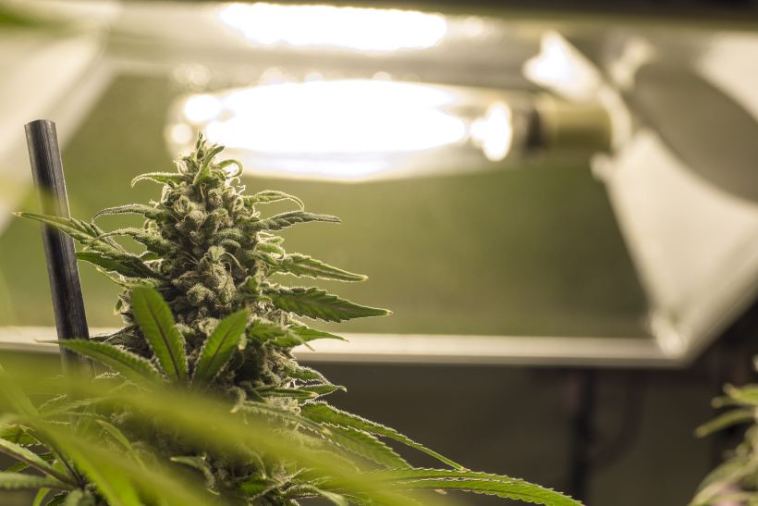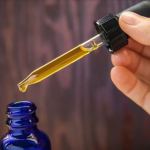- Like
- SHARE
- Digg
- Del
- Tumblr
- VKontakte
- Flattr
- Buffer
- Love This
- Save
- Odnoklassniki
- Meneame
- Blogger
- Amazon
- Yahoo Mail
- Gmail
- AOL
- Newsvine
- HackerNews
- Evernote
- MySpace
- Mail.ru
- Viadeo
- Line
- Comments
- Yummly
- SMS
- Viber
- Telegram
- JOIN
- Skype
- Facebook Messenger
- Kakao
- LiveJournal
- Yammer
- Edgar
- Fintel
- Mix
- Instapaper
- Copy Link
Introduction
Being a cannabis enthusiast is not sufficient to realize a bumper harvest. What differentiates growers who have poor yields from those with abundant returns, is the latter’s ability to carry out research. It is in research that these pitfalls and their effects are discovered.
Some of these pitfalls may seem little but they portend a lot of danger to the overall health and growth of your cannabis plant.
- Tired of poor returns?
- Seeking to improve the quality of your output and harvest?
- Do you want flavorful, thick, and potent buds?
- Are you having beginner’s fright or confusion about healthy grooming techniques?
- Are you confused as to which species of weed seeds is appropriate for your soil type or climate?
Look no further, this is article for you.
Top 5 Costly Errors to Avoid When Growing Cannabis
Let’s dive into some errors you should not make while growing cannabis…
1. Not knowing what you are grooming
Knowing what you are growing is one of the ways to ensure maximum output. Do not just plant cannabis seeds straight into soil. You have to figure out the species and qualities of the cannabis seeds. Are they cannabis Sativa or Indica seeds? Are the seeds from a hybrid variety?
Are they photoperiod or auto-flowering seeds? Are they feminized seeds or hermaphroditic ones? Will the seed thrive in a hot or cold climate?
For instance, photoperiod seeds are more difficult to groom than the auto-flowering variant. The reason for this is the lighting schedule of the photoperiod strain which has to be strictly adhered to. Answering these questions would give you clarity and enable you to channel your grooming skills into the right quarters.
2. Overwatering
There is a thin line between consistent watering and flooding your plant with water. Doing the former ensures that your plant is supplied with the necessary vitamins to grow from the soil. On the other hand, doing the latter strips off oxygen supply from the cannabis roots which leads to death.
Your plants would also experience oxygen deprivation due to overflooding if your growing medium has a high water retention rate or a poor drainage system. Immediately these occur, certain changes begin to occur in the plant. The plant and its leaves begin to droop. The leaves would also develop yellowish and brownish spots.
If you notice a slight appearance of any of these signs, it is appropriate to take proper steps to salvage the plant. Prolonged waterlogging of the root will culminate in plant death.
3. Poor soil choice
The overall performance of your cannabis plant rests on your soil quality. A poor quality soil would churn out ridiculous yields. Do not make use of soil that would sabotage all your days of hard work. When this occurs, you become frustrated. How then do you ascertain the appropriate soil type that would significantly improve the quality of your harvests?
The first thing to ascertain is whether the soil is light and airy. Grooming cannabis in dense soils may lead to plant death. This is because dense soils have the problem of poor drainage due to a high water retention rate. When this occurs the plant roots become flooded with water thereby cutting the oxygen supply and leading to death. On the contrary, airy and light soils possess an optimal retention capacity due to good drainage.
The second step is to ensure that the soil is rich in nutrients and not overly concentrated. Doing this means having a bountiful harvest. This is because the nutrients from the soil are passed to the entire plant through the roots during watering. If you use nutritionally deficient soil, the result shows in the quality of your output. Hence, it would not be surprising to see your cannabis plant having wilted leaves, yellow blights, or curling at the tips.
Also, ensure that you do not use contaminated soils or one which is fungi-infested. If you are considering using the growing medium from previous cultivation, you would have to replenish its nutrients. You can do this by increasing its organic composition and adding humus and beneficial microorganisms.
4. Overfeeding
Yes, you heard right. Overfeeding your plant kills it, but how? Plants feed on nutrients. But, when your soil nutrient level is over the top, your plants may be in danger. According to Herbies, most growers do not realize they are overfeeding their plants until it is too late. This is because they often do this with the best of intentions. However, doing this leads to nutrient burn which prevents water flow within the plant. Once this occurs, your plant tips become yellowish and brownish at their tips. They also become twisted and crispy.
If this situation is left to persist, you lose a great deal of foliage which affects the quality of your harvest. You can avoid this by being observant of any early signs and exposing your plants to sufficient light.
5. Ignoring the Soil pH
The acidity or alkalinity of your growing medium determines the eventual turnout of the plant. Even if your plant is rich in nutrients, a slight imbalance In PH level spells doom for your plant. When a plant has pH issues, absorbing nutrients becomes difficult. As a result, the plant develops impotent buds, unattractive leaves, and stunted growth.
For your cannabis plant to flourish, you have to cultivate the plant in a medium with a slightly acidic pH. The cannabis plant can withstand a broad pH range of (5.0-7.0) depending on where it is planted.
For instance, when planted in the soil, the soil’s pH should be within the range of 6.0-7.0.
When groomed in hydroponic or soilless conditions, the PH range should be between 5.5- 6.5 which is slightly acidic.
You should procure a PH measurement kit and PH adjuster to prevent inaccuracy issues.
Wrapping up
In addition to the above, you should not forget that inadequate ventilation and poor lighting can ruin your efforts. Inadequate ventilation usually leads to the appearance of molds on your plants. A poor lighting technique makes your plant weak and can lead to nutrient burn due to intense heat. For indoor growers, you should always remember that the secret to producing big buds is the intensity of the light.
Honing your skills as a grower is important but avoiding mistakes that would ruin these skills is more important. As mentioned above, consulting experienced growers and making research (like you just did) are the best ways to avoid these common pitfalls.


